Building Into December
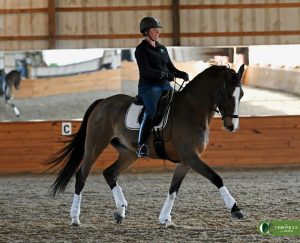 I hate December. It’s cold; it’s dark, and it’s time spent twiddling my thumbs waiting to get to Florida. When I’ve had serious upper-level competition horses, December is a bit of let-down time. I take the last two weeks of November and the first few weeks of December to just fluff around, and then the last two or so weeks to build back up to hit Florida in good form. But with the young horses, there are really no peaks and valleys, just slow and steady work.
I hate December. It’s cold; it’s dark, and it’s time spent twiddling my thumbs waiting to get to Florida. When I’ve had serious upper-level competition horses, December is a bit of let-down time. I take the last two weeks of November and the first few weeks of December to just fluff around, and then the last two or so weeks to build back up to hit Florida in good form. But with the young horses, there are really no peaks and valleys, just slow and steady work.
So we tread water. Fortunately, my horses are all being terribly good and smart, so trundling along isn’t a travesty. Puck wins the award for Most Improved. I’ve been at home for most of the last two weeks and on a normal schedule, so I got to just work him like a normal horse for two weeks, the first time my wild travel schedule has allowed. It was delightful.
I’ve settled into a weekly routine that seems to be working: Tuesday and Friday leaning on the canter work; Wednesday and Saturday focusing on the trot, and Thursday and Sunday hacking and stretching as the weather (and his exuberance level) permits. Puck has found this amazing gear at the trot, with super power and expression, but I don’t want to go bananas with it and have him end up hurt.
Read the rest at The Chronicle of the Horse!
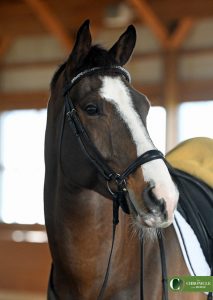
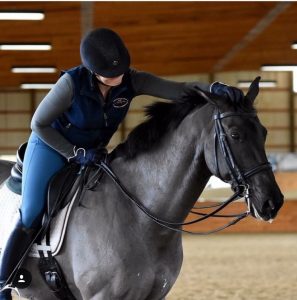 Somewhere along the line, I heard the term “disaster fatigue.” It was in the mainstream media, at a time when there had been a few devastating natural disasters and a few mass shootings in the same time period, and the newscaster I heard use the term put it in the context of a slowing rate of donations to the Red Cross: The population was so exhausted by the barrage of calamities that they couldn’t feel the pain of them anymore and as such weren’t moved to donate to organizations to help the victims.
Somewhere along the line, I heard the term “disaster fatigue.” It was in the mainstream media, at a time when there had been a few devastating natural disasters and a few mass shootings in the same time period, and the newscaster I heard use the term put it in the context of a slowing rate of donations to the Red Cross: The population was so exhausted by the barrage of calamities that they couldn’t feel the pain of them anymore and as such weren’t moved to donate to organizations to help the victims.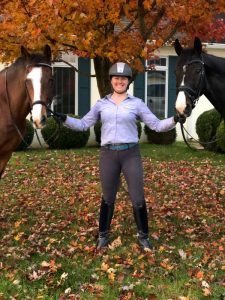
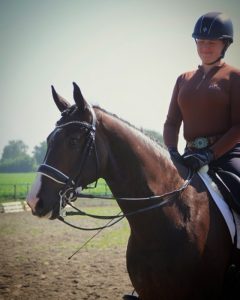 I was in the Netherlands with my friend Belinda Nairn looking at horses for two clients. We’d found what we were looking for for the first, and we had some extra time to kill, so off we went to preview horses for the second client, who was arriving the next day. One was a 7-year-old gelding—younger than I wanted for a kid with NAYC ambitions—but with a kind eye and a business-like manner. The owner rode him first and did a fine job, and while he wasn’t really lighting my hair on fire, he looked quality enough, so I hopped on.
I was in the Netherlands with my friend Belinda Nairn looking at horses for two clients. We’d found what we were looking for for the first, and we had some extra time to kill, so off we went to preview horses for the second client, who was arriving the next day. One was a 7-year-old gelding—younger than I wanted for a kid with NAYC ambitions—but with a kind eye and a business-like manner. The owner rode him first and did a fine job, and while he wasn’t really lighting my hair on fire, he looked quality enough, so I hopped on.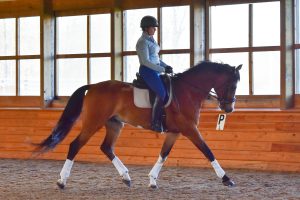
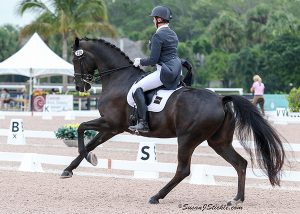 He was coming 4, big and slow and goofy. I brought him an apple from my hotel, and it took him about 20 minutes to eat it, turning it into mush in my hand. He had a huge tail and big eyes and was sweet as can be. I brought him home, got him in front of my leg and taking my hand, and he proceeded to be the most angry, hostile and fractious young man I’ve ever owned from 4.5 to 9, when he realized that if he just shut up and accepted his lot in life, he’d get a lot more cookies and work a lot less hard. But it took so, SO many hours of running backwards, gnashing his teeth and pinning his ears.
He was coming 4, big and slow and goofy. I brought him an apple from my hotel, and it took him about 20 minutes to eat it, turning it into mush in my hand. He had a huge tail and big eyes and was sweet as can be. I brought him home, got him in front of my leg and taking my hand, and he proceeded to be the most angry, hostile and fractious young man I’ve ever owned from 4.5 to 9, when he realized that if he just shut up and accepted his lot in life, he’d get a lot more cookies and work a lot less hard. But it took so, SO many hours of running backwards, gnashing his teeth and pinning his ears.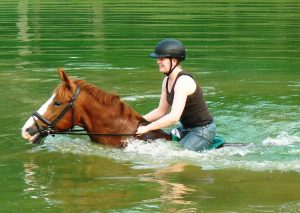 There have been so many. A working student’s horse on whom I made it about 20 feet. A homebred 3-year-old on whom I made it half a 20-meter circle. The time my OTTB dropped me into a wall, and I broke my collarbone (though I got back on AND went to school for a few days before seeing a doctor. Ain’t nobody got time for that.) My Young Riders horse, L’Etoile, put me in the dirt recreationally, at least three times in our two-year partnership. Danny’s a repeat offender as well, and once I bit it off Midge while swimming in the pond, learning a valuable lesson that falling off IN the pond is painless, but falling off on the BANK of the pond gets you three days of Vicodin.
There have been so many. A working student’s horse on whom I made it about 20 feet. A homebred 3-year-old on whom I made it half a 20-meter circle. The time my OTTB dropped me into a wall, and I broke my collarbone (though I got back on AND went to school for a few days before seeing a doctor. Ain’t nobody got time for that.) My Young Riders horse, L’Etoile, put me in the dirt recreationally, at least three times in our two-year partnership. Danny’s a repeat offender as well, and once I bit it off Midge while swimming in the pond, learning a valuable lesson that falling off IN the pond is painless, but falling off on the BANK of the pond gets you three days of Vicodin.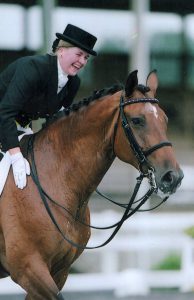 So you came in eighth or 12th or 24th. You made mistakes, or you got in the ring and panicked, or you got cocky or you just got straight up outhorsed. Or maybe you didn’t score high enough in qualifying to get named to a team. Maybe your horse got hurt or sick or the money to travel across the country was too great. Maybe you don’t even have access to a horse to teach you that level of work at all.
So you came in eighth or 12th or 24th. You made mistakes, or you got in the ring and panicked, or you got cocky or you just got straight up outhorsed. Or maybe you didn’t score high enough in qualifying to get named to a team. Maybe your horse got hurt or sick or the money to travel across the country was too great. Maybe you don’t even have access to a horse to teach you that level of work at all.